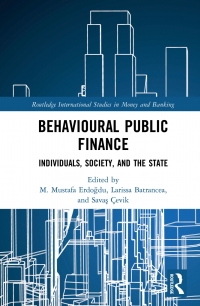Question
I need help with Part 2 only: But could you please be detailed and explain how you can to this answer and different ways this
I need help with Part 2 only: But could you please be detailed and explain how you can to this answer and different ways this answer could be found! Thank you!
Option #1: Random Password
For this Critical Thinking assignment, you will apply counting techniques to real-world scenarios.
A random password generator is a computer program, hardware device, or online tool used to generate passwords using a set of parameters like length, letters, numbers, symbols, and strength (Nicholas, 2016).
Suppose that you want to create a password of four characters in length that can only include lower case letters and numbers from 0 to 9.
Part I: Answer the following questions:
- Assuming repetitions are allowed, how many passwords are possible?
- Assuming repetitions are not allowed, how many passwords are possible?
- Assuming repetitions are not allowed and there must be exactly two numbers, how many passwords are possible?
- Assuming repetitions are not allowed and there must be exactly two numbers, located at the end of the password, how many passwords are possible?
- Assuming repetitions are not allowed, there must be exactly two numbers, located at the end of the password, and that the letters can only be vowels, how many passwords are possible?
Part II: Based on your work in Part I, discuss the following:
- Explain your thought process to answer questions one through five in Part I. Identify which counting technique you used to answer each question.
- Could you have used any other counting technique to answer question one, Part I? Justify your answer.
- Could you have used any other counting technique to answer question two, Part I? Justify your answer.
- Compare your answers to questions one and two in Part I. Elaborate on what happens when repetitions are allowed versus not allowed.
- Compare your answers to questions three and four in Part I. Elaborate on what happens when you restrict the location of the two numbers.
- Explain how you can use a tree diagram to answer question five, Part I. Do not actually include the tree diagram.
- Compare your answers to questions one through five in Part I. Reflect about the security of passwords as more restrictions are added.
- Think of another scenario where you can apply counting techniques. Discuss the advantages of knowing how to use counting techniques in the context of the scenario you created.
Step by Step Solution
There are 3 Steps involved in it
Step: 1

Get Instant Access to Expert-Tailored Solutions
See step-by-step solutions with expert insights and AI powered tools for academic success
Step: 2

Step: 3

Ace Your Homework with AI
Get the answers you need in no time with our AI-driven, step-by-step assistance
Get Started


